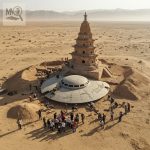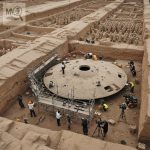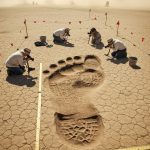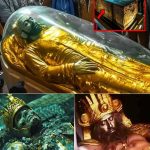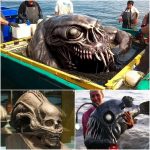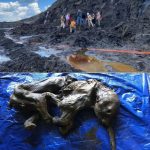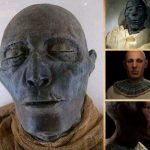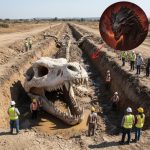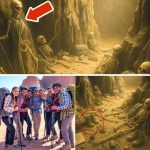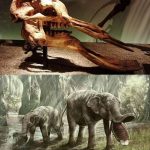Caracol’s Hidden Tomb: Unveiling Maya’s First Great Ruler
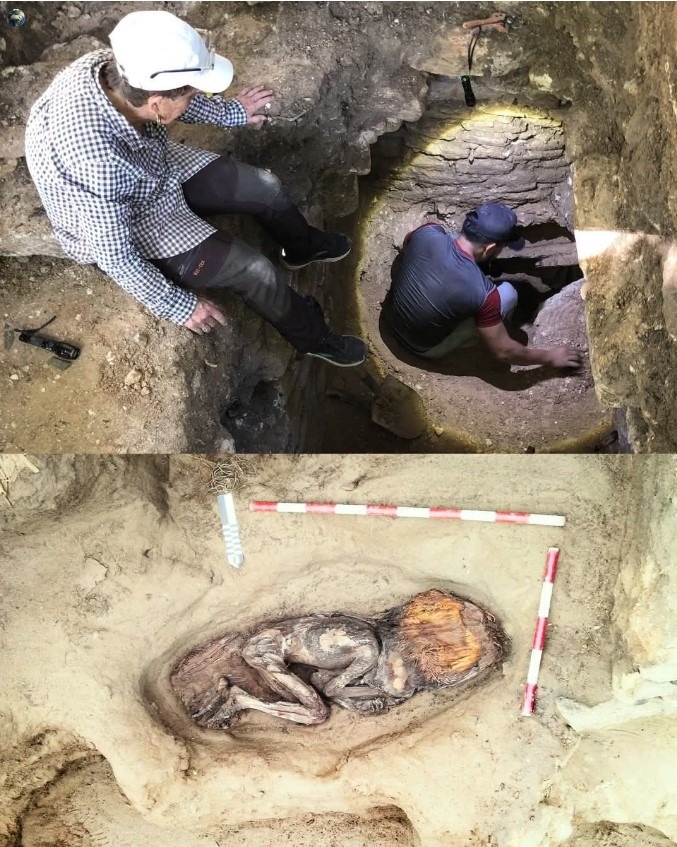
Deep within the dense jungles of Belize, archaeologists have made a remarkable discovery that sheds new light on the origins of Maya civilization: a sealed tomb hidden beneath a sacred pyramid at Caracol. Preserved for over 1,600 years, this burial site offers an extraordinary glimpse into the life, power, and ritual practices of one of the Maya’s earliest and most influential rulers. The find not only illuminates Caracol’s rise as a dominant city-state but also highlights the intricate connections between kingship, religion, and material culture in the ancient Maya world.
The Tomb and Its Treasures

The tomb, discovered beneath the central temple of Caracol, contains the skeletal remains of a high-status individual, believed to be the city’s first great ruler. Surrounding the skeleton are a wealth of ceremonial and symbolic artifacts, including jade masks, obsidian blades, intricately decorated pottery, and shell and bone ornaments. Each object reflects the ruler’s elite status and the spiritual significance of the burial. Jade, in particular, was considered a sacred material in Maya culture, symbolizing life, fertility, and divine authority.
Dating to approximately 400 A.D., the tomb predates much of Caracol’s urban expansion, marking the beginning of its transformation from a modest settlement into a powerful kingdom. The careful placement of grave goods, along with the tomb’s strategic location beneath the pyramid, underscores the Maya belief in divine kingship and the ruler’s central role in connecting the earthly and spiritual realms.
Insights Into Leadership and Ritual
The Caracol tomb provides critical insights into Maya political and religious life. The presence of ceremonial objects suggests that the ruler’s power was legitimized not only through military or economic strength but also through ritual performance and symbolic authority. The artifacts indicate a sophisticated understanding of artistry, metallurgy, and material symbolism, reflecting the ruler’s elevated position within Maya society.

Moreover, the tomb offers clues about funerary practices and the relationship between the living and the dead in Maya culture. The careful arrangement of the body and grave goods demonstrates a belief in the continued influence of ancestors and rulers over both spiritual and civic life. Even without knowing the ruler’s name, the burial conveys a vivid narrative of leadership, devotion, and societal structure.
Caracol’s Historical Significance
Caracol was one of the largest and most influential Maya cities, known for its monumental architecture, advanced urban planning, and expansive political reach. The discovery of this tomb enriches our understanding of how the city’s early rulers established authority and fostered the growth of a complex kingdom. By studying this burial, archaeologists can reconstruct the dynamics of early Maya political power, ceremonial practices, and social hierarchy, providing a fuller picture of the civilization’s development during the Classic period.
Conclusion
The hidden tomb at Caracol stands as a testament to Maya ingenuity, ritual, and elite authority. From the jade masks and obsidian blades to the carefully placed skeleton, every element of the burial tells a story of divine kingship, leadership, and the birth of one of Central America’s great ancient cities. This remarkable discovery not only highlights the cultural sophistication of the Maya but also ensures that even unnamed rulers continue to speak across the centuries, offering insights into a world where politics, spirituality, and artistry were inseparably intertwined.
